Biopharma is starting a new era in which safety, accuracy and efficiency are all required. Affinity maturation is one of the methods becoming more popular and is a key aspect in developing antibodies. In 2025, businesses are increasingly emphasizing this procedure to keep their pipelines competitive and meet regulatory requirements.
The need for biologics is still growing in oncology, immunology and infectious disorders. But with more competition and higher development expenses, only the best prospects move on. Affinity maturation gives you the power to make binding stronger, more specific and less likely to fail in late-stage clinical trials.
Affinity maturation isn’t just about tech upgrades; it changes how biopharma provides therapeutic value. Stronger antibody-antigen interactions can lower dosing, boost patient compliance and reduce side effects. These benefits fit with the global move toward personalized medicine, where treatments must be precise, effective and safe for all kinds of patients.
As 2025 approaches, overlooking affinity maturation could lead to delays in development, less market differentiation and poorer clinical results. This blog looks at why industry leaders are investing in it now, the methods behind innovation and how optimized antibodies shape future success. Read on to see how it affects your pipeline’s path.
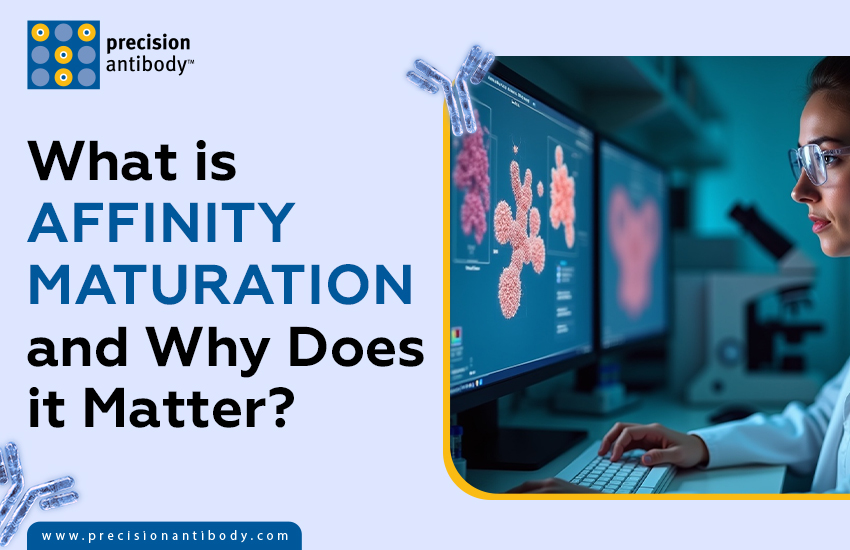
Antibody-based therapies are among the most powerful tools in modern medicine. Not every antibody candidate is set for clinical success immediately. Binding affinity or how well an antibody attaches to its target, can really make the difference between a successful drug and a failed one.
That’s where affinity maturation comes into play. Affinity maturation is about refining antibodies to bind more effectively and specifically to their antigens. B-cells undergo affinity maturation naturally during the adaptive immune response. Biopharma companies in the lab use advanced engineering to replicate this process and enhance therapeutic candidates.
Why is this important? Because antibodies with higher affinity usually mean:
Simply put, affinity maturation makes it more likely that an antibody medication will be successful at every step of its development. Biopharma teams can’t afford to skip this phase as competition in the biologics market heats up.
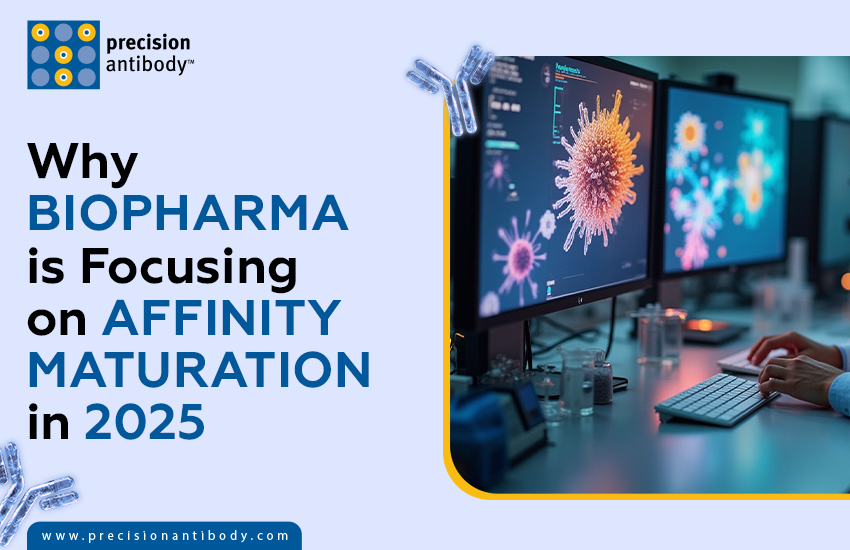
Antibody therapeutics are changing quickly, and biopharma companies are feeling the heat to provide safer and more effective treatments at a faster pace. In this situation, affinity maturation has really taken the spotlight. It’s a solid approach to boost effectiveness, lower risks and stand out in busy therapeutic markets.
All these factors point to 2025 being a key year for antibody development. Affinity maturation isn’t just a choice anymore; it’s necessary to cut risks, meet regulations and make your mark in a tough market. If biopharma companies embrace it early they can set their pipelines up for long-term clinical and commercial success.
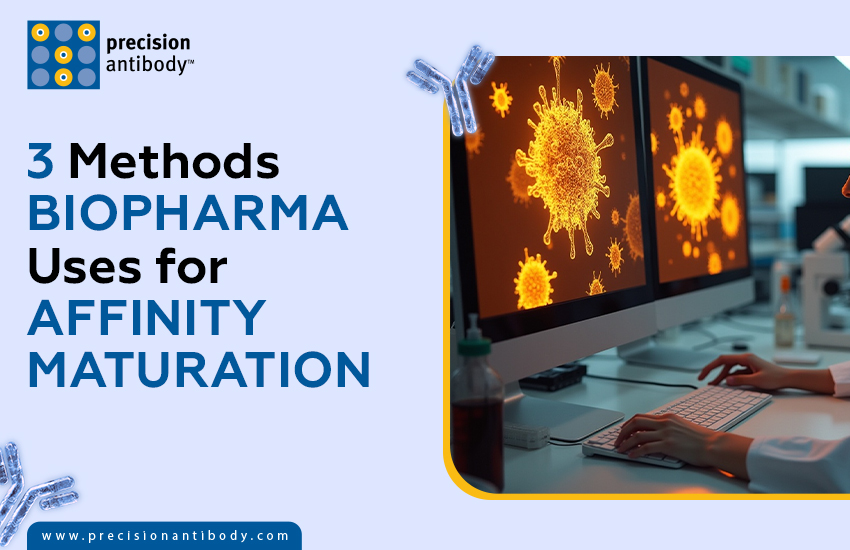
Biopharma companies have different tools to refine antibody candidates and the method they choose usually depends on the pipeline stage, therapeutic area and resources they have. There are three main types of approaches: in vitro, in vivo, and computational or AI-driven strategies for optimization.
By using these complementary methods, biopharma companies can customize affinity maturation strategies to fit their specific development needs. Each approach whether it’s high-throughput in vitro screens, biologically relevant in vivo systems or the latest computational platforms, plays a role in helping us find stronger candidates.
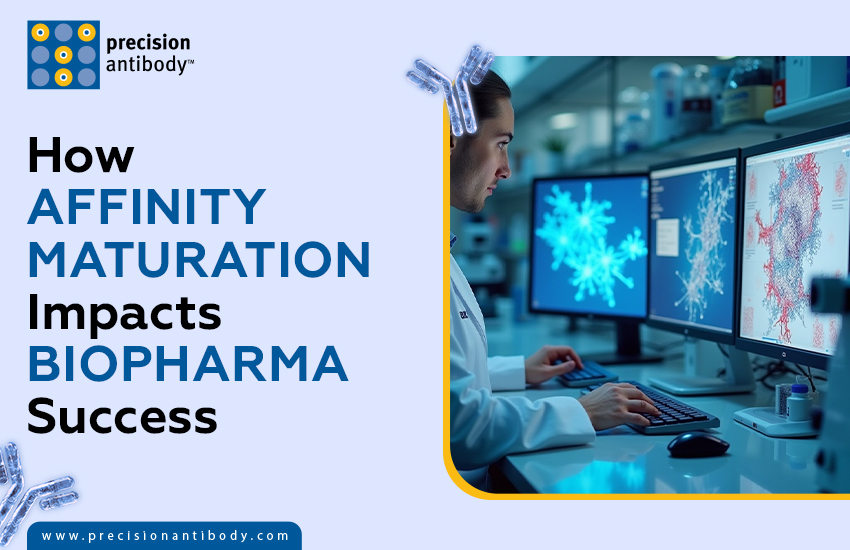
Affinity maturation isn’t just a technical step; it really impacts how antibody candidates work in both clinical and commercial settings. When biopharma companies focus on improving binding interactions, they can see better results for patients, lower development risks and create lasting value for their therapeutic pipelines.
In short, affinity maturation directly leads to biopharma success by improving clinical results, expanding applications and making the market more competitive. It lets corporations offer better treatments while protecting their investments in research and development.
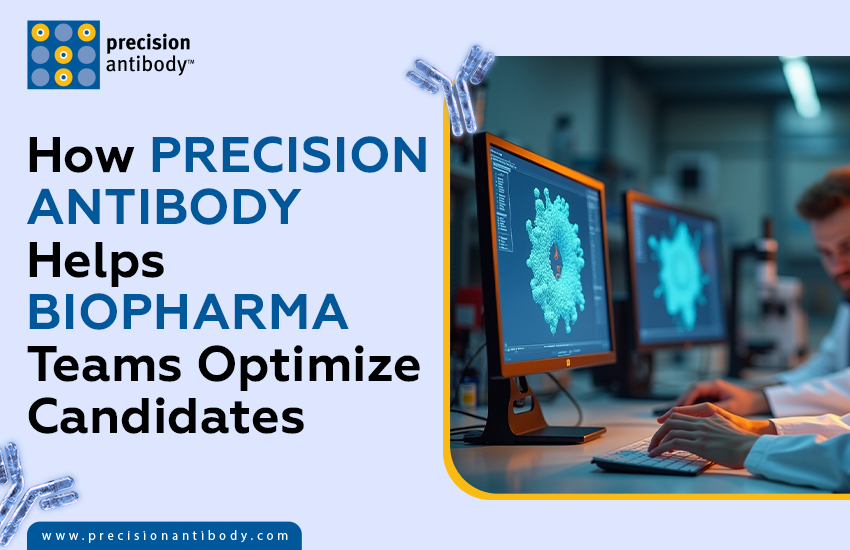
In the competitive world of biopharma, having weak antibody candidates and facing delays can really hold back even the most promising programs. Precision Antibody is here to help you tackle these challenges with their advanced affinity maturation strategies. They provide stronger binders, lower risks and quicker movement toward the clinic.
At Precision Antibody, we take a structured but flexible approach to make sure every antibody candidate is fully optimized, helping biopharma teams tackle development challenges with confidence.
When you team up with Precision Antibody, you’re not just getting technical know-how; you’re getting a partner who’s genuinely invested in helping turn your early candidates into clinical successes. Don’t let those development challenges slow down your pipeline.
Your next big discovery begins with Precision Antibody.
The timeline varies based on how complex the antibody is and the method used, but generally, affinity maturation projects last about 3 to 6 months. At first you create and check out different variants, then move on to fine-tuning and confirming them.
At Precision Antibody we make things easier with our advanced tools and workflows. This means biopharma teams get optimized candidates quicker, all while keeping quality high.
The choice of method often depends on where your program is in the development cycle:
People often use a combined approach to find the right balance between speed, accuracy and biological relevance during development.
Absolutely, and that’s one of the main benefits of having a solid strategy in place. Affinity maturation helps to enhance binding specificity and tweak antibody sequence, which in turn lowers the chances of off-target interactions that might spark immune responses.
This makes biologics safer and boosts their chances of getting approved by regulators. Tackling immunogenicity risk right from the start can really help biopharma companies avoid expensive clinical hiccups and lead to better results for patients.
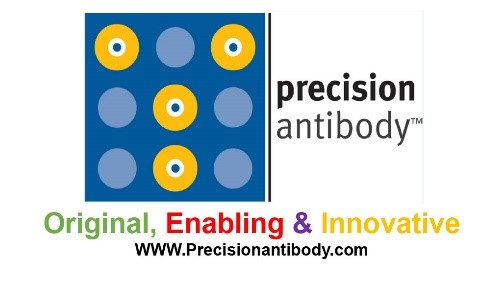
Led by innovative minds in immunology and the antibody development field, Precision Antibody has been an industry leader for over 20 years. We not only implement a cutting-edge technique in antigen design, antibody development, production, and other analyses, but we are also constantly working on ways to improve and advance technology to match the ever-changing world of science. If you are interested in learning more about Precision Antibody’s Custom Antibody development.
Precision Antibody™ is the forefront of the global Custom Antibody industry & it is led by the innovative minds in immunology and antibody development field.
